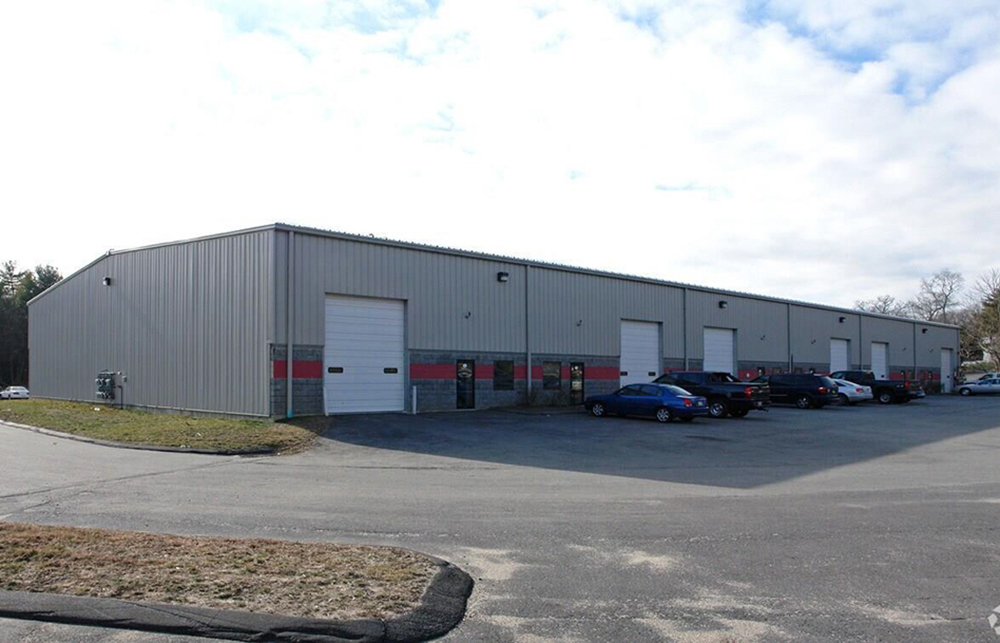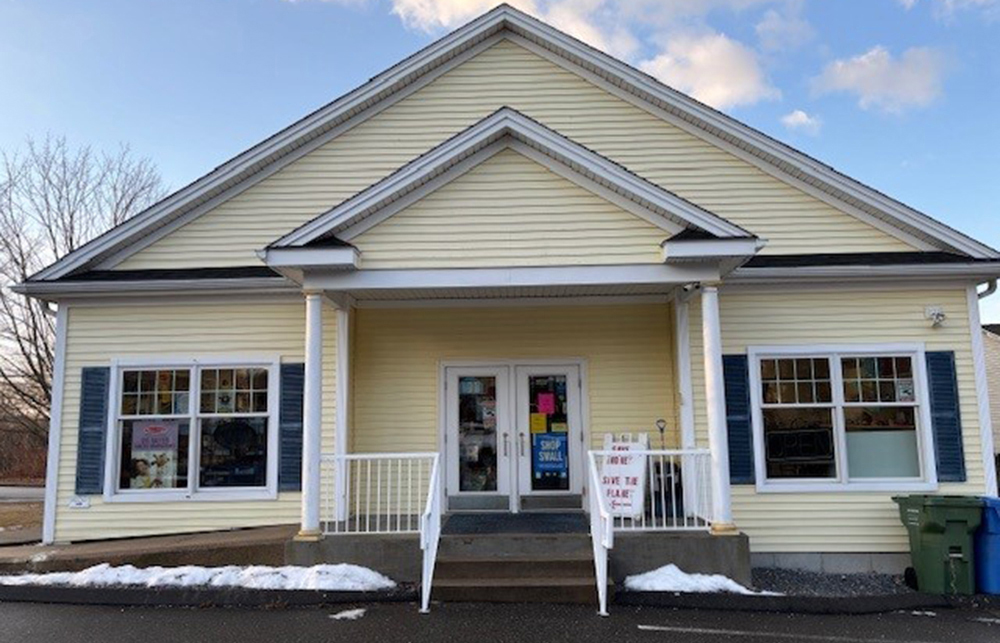Posted: January 22, 2009
Commercial real estate: Environmental risks that should not be overlooked within your property
As a company executive, you've just received the news:
* Soil and groundwater on your property are contaminated with hazardous chemicals. Environmental consultants estimate the cleanup to be in the millions of dollars and will take years to complete.
Or:
* Several claims for "toxic" exposure have been filed against your company. Each filing claims damages in the millions of dollars.
These situations most likely happened to a major industrial manufacturer, right? Maybe. But in this case, these are examples of problems experienced by owners of retail, office, multifamily residential and light industrial real estate properties. Surprised? You should know that the effects of historical and ongoing operations, spills and seepage, exposure to mold and other indoor air contaminants all create the possibility for the scenarios mentioned above. Unfortunately, the financial consequences of environmental liabilities are usually unexpected, and can be significant, when the proper risk management strategy has not been employed. For office and retail real estate portfolios, space may be leased to a variety of operations that can generate harmful waste such as medical offices, dry cleaners, photo developing, printing or automobile repair. These operations represent a very typical tenant mix, and the potential for improper release or disposal exists. Multi family residential properties can have water leaks or simply storms that create the potential for serious mold conditions. Even with the best intentions and operational oversight, mistakes in property maintenance, materials handling, or waste management can pose a potential threat.
Savvy real estate portfolio owners, real estate investment trusts (REITs) and other real estate investors know that insurance is available to manage environmental liabilities, like these, that are inherent in their operations.
The market for environmental insurance for commercial real estate is growing. While this segment has always been a specialized market within the insurance industry, there are a number of solid, experienced insurers offering coverage to guard against environmental liabilities. The market for environmental insurance can be characterized as "stable but competitive." Even in today's volatile financial services market, there are a number of highly rated insurance companies that are eager to insure real estate portfolios and transactions. Many of the carriers have been insuring risks in the environmental market for a significant number of years. In addition, several established carriers launched new environmental underwriting operations in 2008. It is worth noting that while the rest of the property and casualty insurance market is susceptible to market cycles that create pricing volatility, the environmental market tends to be more stable with fewer extreme fluctuations. For these reasons, environmental insurance can be a cost effective way to manage environmental risk, over the long term, in a real estate portfolio or an individual transaction.
There are several insurance products that may be utilized to address environmental risks associated with commercial real estate. The most widely used coverage is the Pollution Legal Liability (PLL) policy. This product provides protection from claims arising from bodily injury, property damage, cleanup costs and defense costs. Pollution legal liability is utilized to cover claims from unknown or unexpected pollution conditions. It can provide protection for a variety of claims, ranging from cleanup of contaminants in soil or groundwater to bodily injury or cleanup claims associated with mold growth. Many real estate owners utilize this insurance to cover their existing portfolios as well as new acquisitions Another product that is utilized, extensively, in the real estate sector is Contractors Pollution Liability. This policy covers bodily injury, property damage, cleanup costs and defense costs resulting from covered construction operations. Typically, real estate firms that are builder developers, or contract directly for construction of buildings and structures, utilize this insurance. It can provide protection for claims ranging from exacerbation of environmental problems at the project site to construction defects resulting in mold bodily injury and cleanup claims. This insurance can be purchased either as an ongoing practice policy or for individual projects.
As the future unfolds, major challenges lie ahead for the real estate sector. In the short term, impacts of economic conditions and lending practices have added new volatility to the marketplace. Fewer real estate transactions will occur during the upcoming year; however, real estate ownership as well as acqusitions continue to present the possibility of unexpected environmental problems that create uncertainty with respect to financial loss. Fortunately, there continues to be an array of insurance solutions available through a strong competitive market to remove much of that uncertainty It is important to consult your insurance professional to ensure your risk management strategy addresses environmental risks, or to develop one if it does not.
Ken Cornell is executive VP of JCH Environmental Insurance Brokers, New York, N.Y.
MORE FROM Brokerage
Boston, MA RapDev, a leading software-engineering and DevOps consultancy, has leased 17,587 s/f at 501 Boylston St. in the city’s Back Bay. The company moved into the new space this summer, consolidating operations onto a single floor to accommodate growth and create a workplace that reflects its collaborative culture.














.png)
